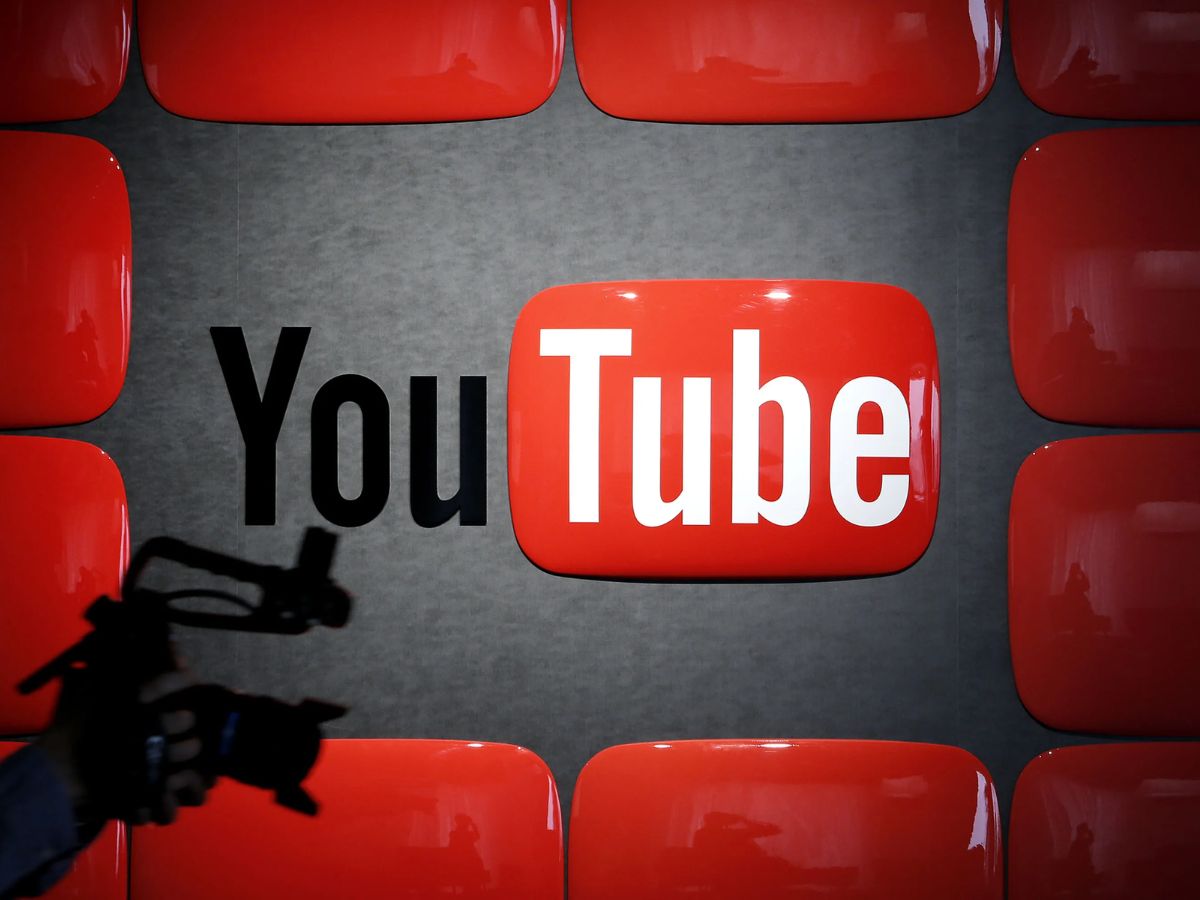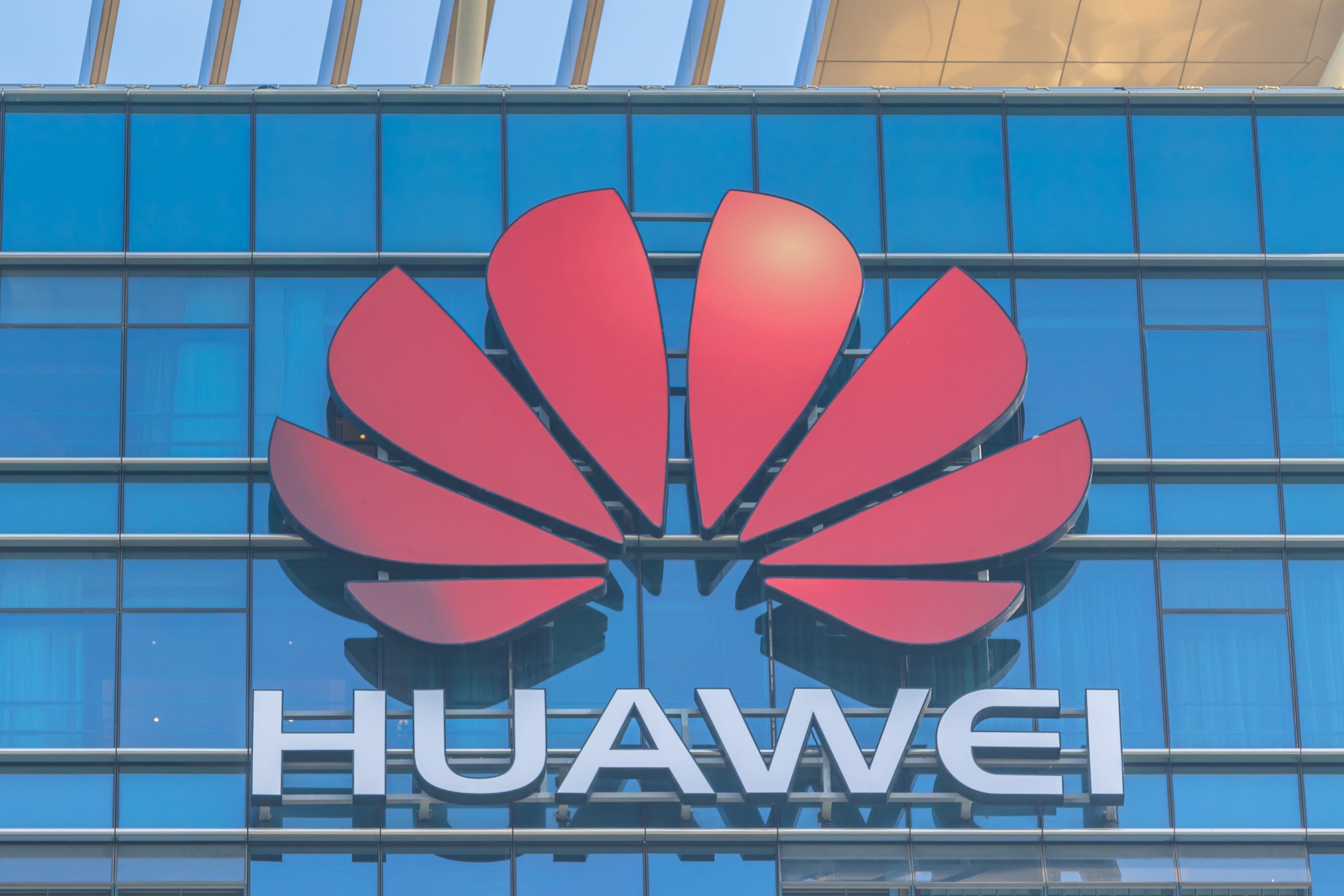A few years ago a launcher would be the first app to have many people installed on a new Android telephone. But the better the native telephoto software has become less essential. But that does not mean that they still don’t earn a place on your phone.
The Golden Age of Android Launchers is over
For the first decade of Android, a launcher was an essential tool in the arsenal of all its enthusiasts. Launchers served two main goals. They covered the flashy software software from First-Party that manufacturers were so enthusiastic about, and they added vital (and sometimes simple) functionality that was missing in the phone.
Kabir Jain/How-To Geek
I was a big fan of Nova Launcher. I thought back through my own telephone history, I had it on my Galaxy S3 to hide the terrible TouchWiz software from Samsung as much as possible. After I switched to Nexus phones, I continued to use it because Google’s software had so few options for adjustment. The gestures, animations and endless settings of Nova were a dream for a craftsman.
But I gave Nova at least three telephones ago, because the problems that solve it no longer existed.
Most manufacturers have considerably increased their software game. There are still the stranger in taste, especially from some of the Chinese manufacturers, but these are often more about Apple’s monkeys than doing something real bizars. The software is more refined for everyone. The only user interface of Samsung is in a different competition than the old TouchWiz -Groel.

Justin Duino / How-To Geek
A greater consistency comes with these changes. A launcher once helped make it easier to go to a new device, but even a non-technical user can transfer from one telephone maker to another today without any problems being aware. And now that the basic functions that a launcher once needed have all been built in, the idea of having to “repair” the interface of your phone is largely disappeared.
Just like more advanced practices such as rooting and installing adapted ROMs died, so launchers go in the same way. The days that it would be the first piece of software you install are over.
But launchers still matter
That does not mean that launchers have no room on Android phones in 2025. But their role may have changed.
For me, a modern Android launcher is not about adding more things, but about the removal. No reporting badges, no messy home screens, no news feed. I want to use my phone more and more often for things that I want to do and not have stole my attention by constant distractions.
As such, my favorite Android launchers are not the ones who want you to have the appearance of everything on the phone micromanage. There are many people who still want that, of course, but I want a launcher with a more minimalist approach that offers a real practical value.
Where they add functions, I like that the focus is on improving the user interface instead of replacing it or adding junk. Now that the first-party launchers are so smooth and refined, it is unlikely that third-party developers will improve the user interface in the way they used to be. But so that you can adjust how many apps you can fit on your home screen or use Pictogram packages, you can personalize your phone in more subtle or useful ways.
The fewer functions you get, the better it is for privacy and security, too. A fully driven launcher will ask for a wide range of permissions that give access to almost everything on your phone. A lighter, more minimalist launcher will ask for fewer permissions, or perhaps not even any.
Which minimalist launchers should you try?

My favorite launcher is Olauncher. I installed it a while ago and it is perfect to shorten my screen time. I don’t even always use it; I switch between that and the native software on my phones. When I feel that my screen time is crawling a little too high, I charge it and the minimum, text-based layout, lets me go back to an hour a day.
Olauncher is free, open source and requires no permissions. It is almost ideal.

Olauncher. Minimal from launcher
Personalization
Price: Free
4.8
Download
Along similar lines, and perhaps a better option for many, is Niagara -Launcher. It also uses a minimalist approach with a predominantly text -based look, but is not as sober as Olauncher.

A green plant theme available in Niagara Launcher.
It is designed to help use with one hand and to have you concentrated on the things you want to do. But it is a bit more customizable and more beautiful. For example, it shows your app icons and also supports a growing number of themes to help you personalize what it looks like. By showing that minimalism does not have to mean, it is a more accessible choice.

Niagara Launcher ‧ Start screen
Peter Huber
Personalization
Price: Free
4.7
Download
There are two more who are worth seeing. Nolauncher is small and actually has no functions at all. It is mainly designed for low-end phones, but offers a remarkable ultra-minimalist experience. Kiss Launcher is even smaller and replaces the app icons with a search bar – the type in the first letters of the name of an app to open it. If you are familiar with Spotlight on Mac, it is true.
The improvements that Samsung, OnePlus and Motorola have made over the years to their telephone software, together with the pools that have been added to Android as a whole, mean that an external launcher is no longer the essential tool that it once was.
But if you still feel overwhelmed by the functions of your phone, or want to reduce distractions, minimalist launchers can still serve an essential goal. The best launchers no longer add functions. They just stay out of the way.









